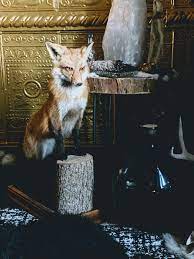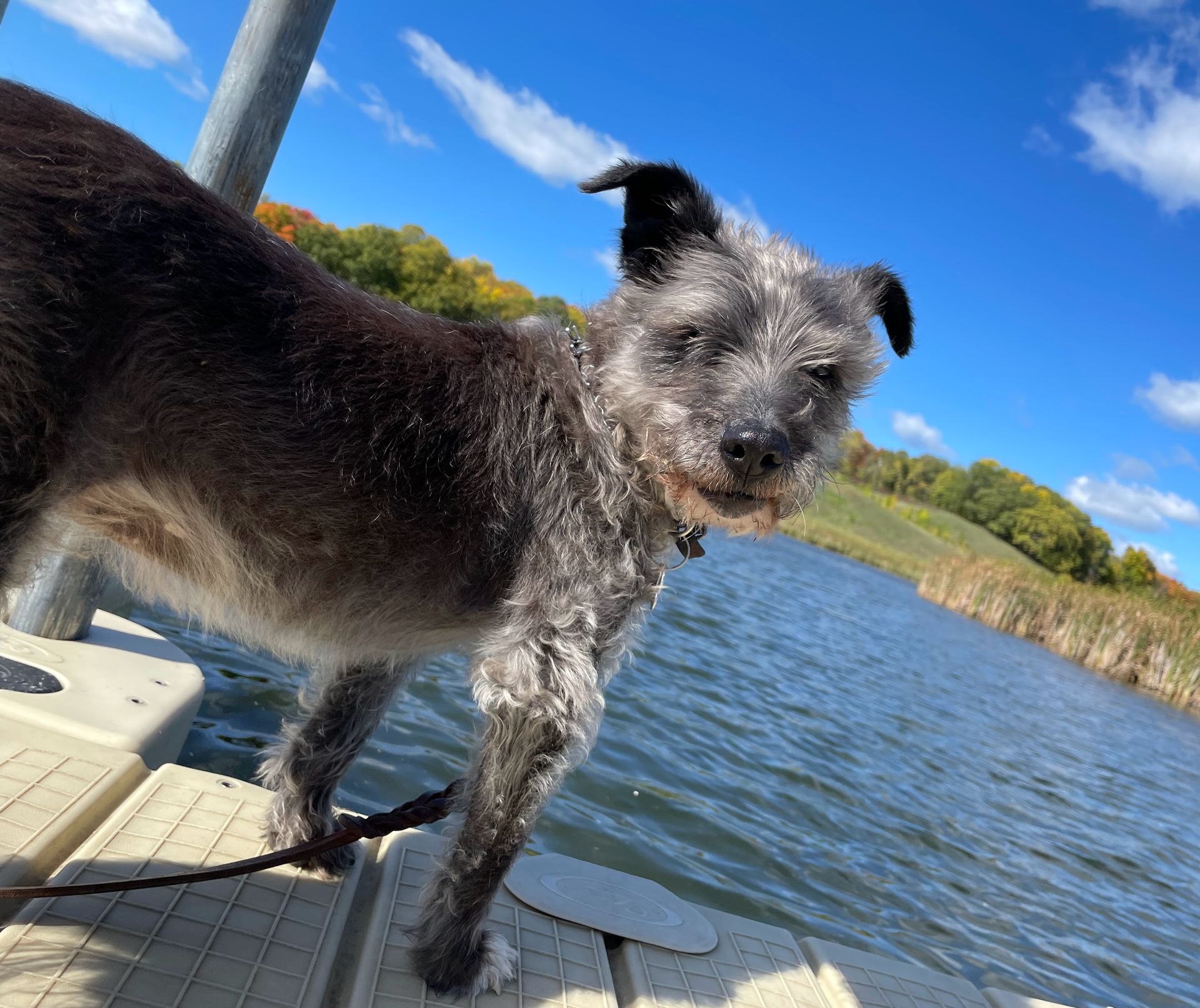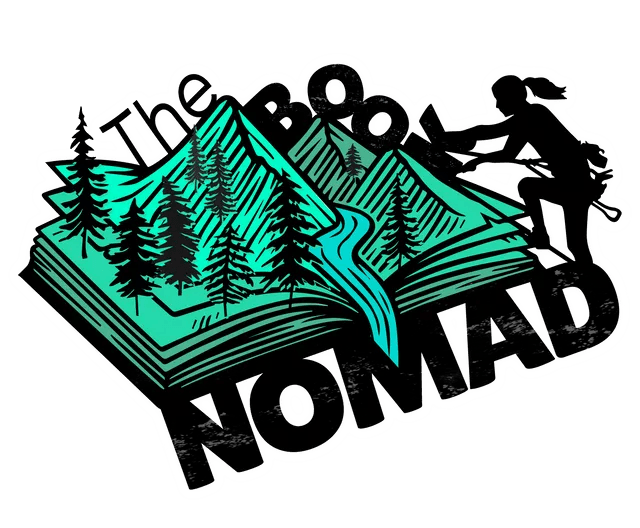Having never been to Moab, I thought the best place to start learning about it was with Edward Abbey’s Desert Solitaire . While I did find that an interesting account of Moab in the late 1960s, I also found Abbey to be a bit of a loon. What was interesting was his thoughts on how to ‘fix’ the park. I feel if anyone had listened to him 40 years ago, the parks would be in much better shape than they are now. One of his ideas was no more cars, let people walk or bike. Which I agreed with until I went camping there and have no idea how we could have walked or biked in! Mostly because I can’t ride a bike without falling off and imagine it ending very badly for me, on a bike packed with camping gear. He also suggested putting the ‘lazy, scheming, loafers,’ AKA park rangers to work. I’m not sure how a park ranger’s role has changed since 1968, but we saw nary a one. Then he rambled on a lot about trying to find this one wild horse and told a story about a family who got taken in by the greed. The end. I admit I did not finish this book.
Once in Moab, I really wanted to do some reading that connected with the surroundings, as I imagined Moab would be a mystical, magical place. I took Aldous Huxley’s The Doors of Perception & Heaven and Hell and Joan Dideon’s The Year of Magical Thinking . Both turned out to be perfect choices. I had decided to ‘find myself’ in the desert and was certain these two books would help me. They did. I only made it through Huxley’s The Doors of Perception essay, not making it on to Heaven and Hell. It will go on the to be read list! I really didn’t know what I was getting in to and was surprised to find out it was an account of his experiment with mescaline. However, the compelling part was at the beginning when he compares what he sees around him to art. It begins as he compares the table and chairs to a Cubist painting by Braque or Juan Gris. Apparently, mescaline really amplifies colors, so he goes on about that for a bit. I have an art history degree and something he said that never occurred to me is, “In the average Madonna or Apostic the strictly human, fully representational element accounts for about ten per cent of the whole. All the rest consists of many colored variations on the inexhaustible them of crumpled wool or linen.” That is so true!
Anyway, the life changing part, and this is very strange, is that I read the words, “Those looking to find themselves need to look inward, instead of looking outward.” I have gone back through the book many times and cannot find those words! Did I make it up because that’s what I was looking for at the time? Did Aldous speak to me through his pages? Or maybe it is in there and I just can’t see it. I dunno. But here was the first talk of that little voice – “For the moment that interfering neurotic who, in waking hours, tries to run the show, was blessedly out of the way.” In my reading, I keep running into the topic of the little voice. Moab is the perfect place to try to quiet the little voice, because it’s so quiet out there it is difficult to avoid. Best to tackle it head on.
After Huxley, I moved on to Didion’s The Year of Magical Thinking. My dad died three years ago and immediately after I downloaded C.S. Lewis’s A Grief Observed , Lewis’s account after his wife’s death, but never brought myself to start reading. I didn’t really know what The Year of Magical Thinking was about when I opened it in Moab, I was really focusing on the title and taking a book about magical thinking to a magical place. This lead to me sitting on the side of a canyon, crying into the pages. Didion chronicles the year after her husband’s death and she shares her grief as part of the chronicle. Although the book is less emotional than one might expect, more of a timeline really. She goes through the questions and behaviors of the spouse, including not being able to give some of her husband’s belongings away in case he might need them. What I found most thought-provoking about her process was how much reading she did on death, dying, grief and medical issues. It felt to me as though she read her way through the grief.
While I’m sure this does not sound to most like the best book to take camping, to me it was the perfect book to take to a Magical Place. Sitting in our campground and looking out over Mineral Bottom Canyon and the Green River was the most fitting place to ponder grief. I’m not sure if I’ll follow up with Didion’s Blue Nights , in which she accounts her daughter’s death that happened the year after her husband’s death, but I do think I will finally give A Grief Observed a look. I believe reading The Year of Magical Thinking ripped off the proverbial grief band-aid. Regardless, Moab was the most magical place I’ve ever been and I cannot wait to return.
Follow-up reading:
- A Grief Observed by C.S. Lewis
- Blue Nights by Joan Didion
- The Tibetan Book of the Dead
- The Scholar of Moab by Steven L. Peck
- Brave New West: Morphing Moab at the Speed of Greed by Jim Stiles
The post A Magical Place – Moab, UT appeared first on The Book Nomad.








